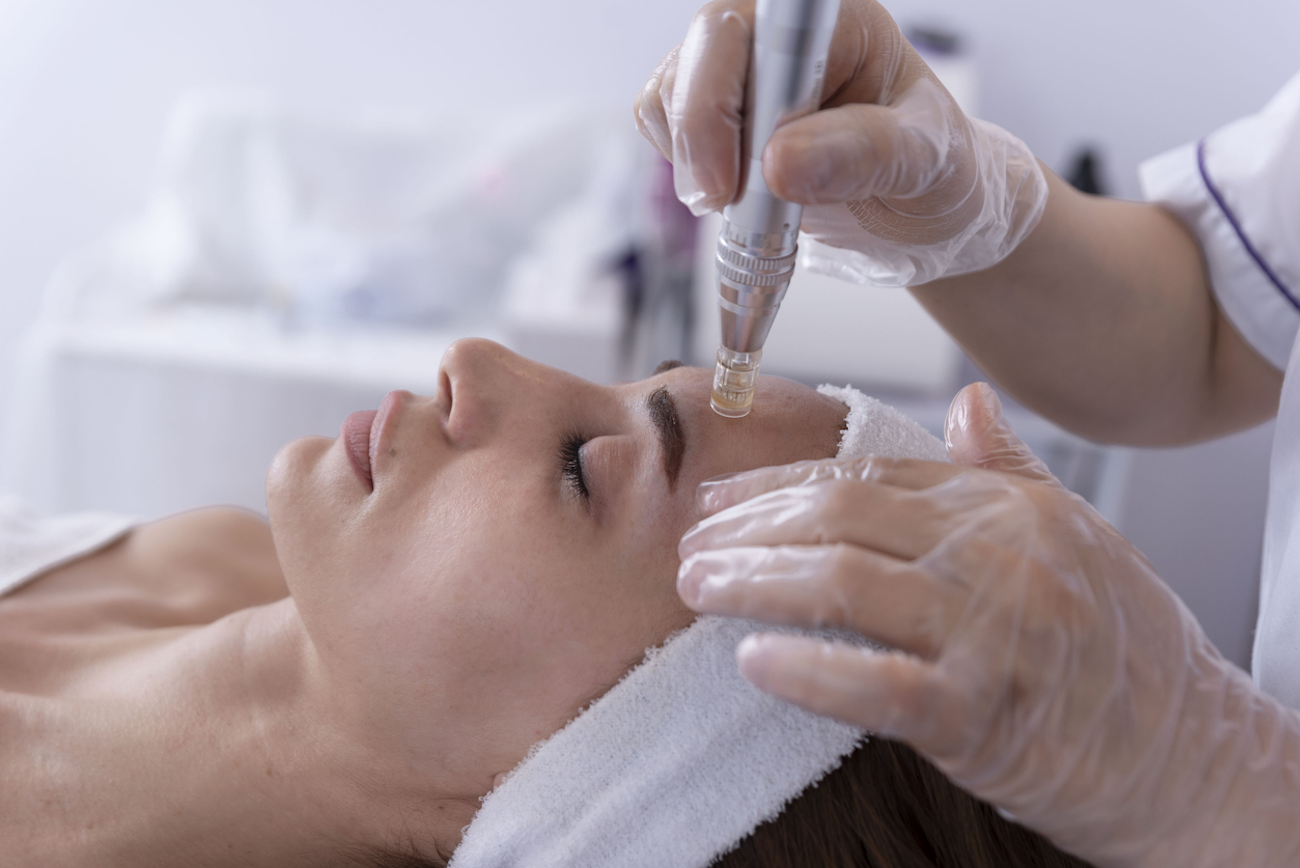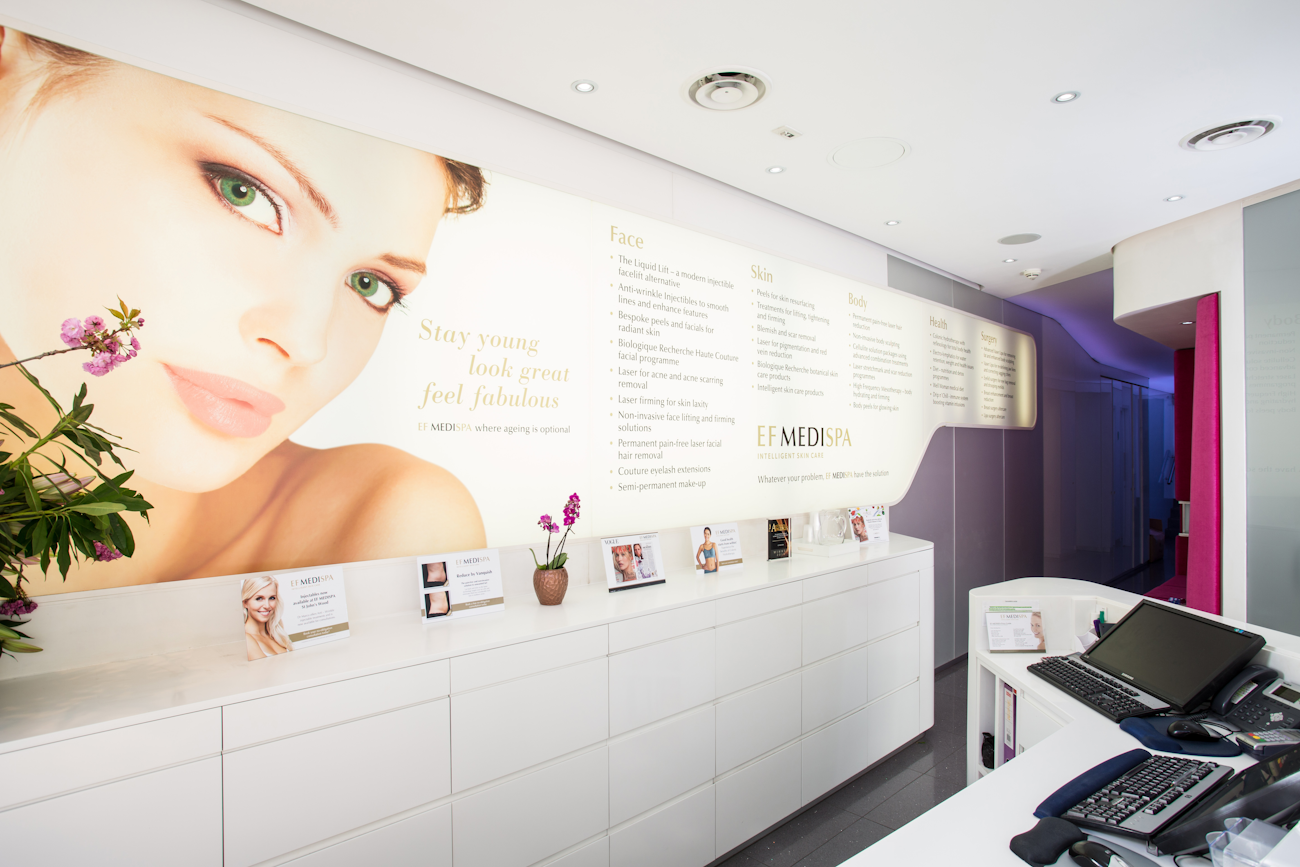Microneedling Aftercare

What is microneedling?
Microneedling is a minimally invasive procedure that involves puncturing the skin with small, thin needles to stimulate blood circulation and collagen production. It helps tackle an array of skin concerns such as fine lines and wrinkles, hyperpigmentation, acne scars, which encourages firmer, smoother skin.
As this treatment causes physical trauma to the skin, this can induce sensitivity and requires good aftercare to support the skin barrier as it heals.
What to expect afterwards
It’s common to experience redness instantly after the procedure which typically lasts a day or two. Side effects which usually last a little longer include pimples, dryness, peeling and tight skin. That’s why it’s important to strip down your skincare routine and avoid certain practices during this time to aid recovery and minimize any risk of irritation or infection.
Tips
1. Stay on top of applying SPF
Wearing SPF50+ everyday consistently is essential for at least 2 weeks after treatment. It’s best to try and avoid sun exposure, however, if need be, ensure you’re staying protected as your skin will be more prone to sun damage. You can also wear a hat for added protection.
2. Use a gentle cleanser
Ensure that you cleanse your face with a mild, gentle and fragrance-free cleanser to avoid any irritation to the skin. Use lukewarm water and light circular motions to massage the product onto the face and pat dry gently.
3. Do not wear makeup
Although it may be tempting to cover up redness, you should avoid wearing any makeup for 24-48 hours to allow your skin to breathe and prevent any dirt or bacteria from entering the skin. Doing so can clog your pores and cause irritation as your skin is more exposed post-treatment.
4. Avoid using active ingredients
If your usual skincare routine incorporates active ingredients, it’s time to strip it down to the basics. This means using no retinoids, vitamin c, AHAs and BHAs, as well as physical exfoliants such as scrubs for at least 3 days. Exfoliation will only further irritate the skin and slow down recovery. Keep it minimal and stick to using barrier-strengthening products.
5. Avoid intense exercise
Working out straight after treatment can heighten the risk of redness, swelling and bruising due to increased blood flow. Therefore, we recommend waiting 48-72 hours before exercising.
6. Stay hydrated
Drink plenty of water, roughly 2L a day, and stay away from alcohol as this can cause dehydration which will only slow down repair of the skin.


